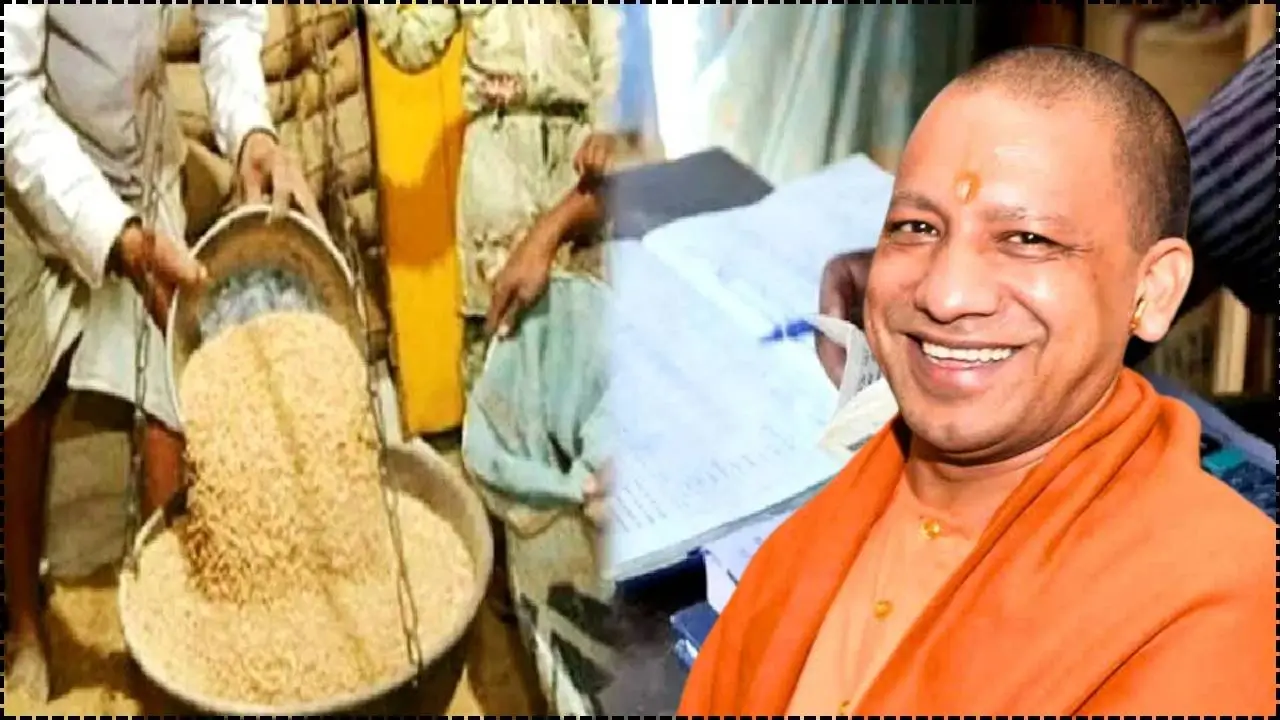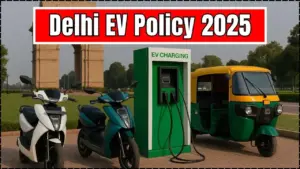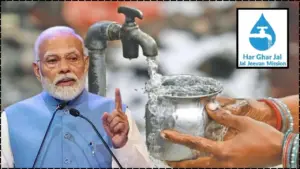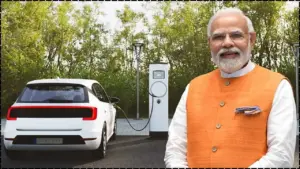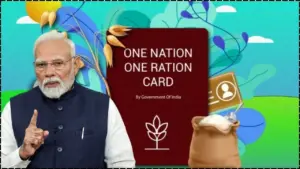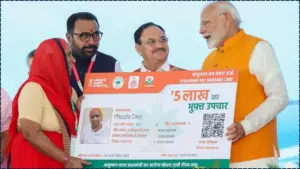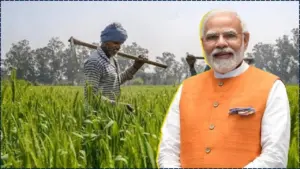The PM Kusum Yojana offers Indian farmers substantial financial support to install solar-powered irrigation pumps. This initiative aims to reduce dependence on conventional power sources while promoting sustainable farming. This guide provides a detailed, step-by-step process for farmers to apply for the solar pump subsidy online under the PM Kusum scheme.
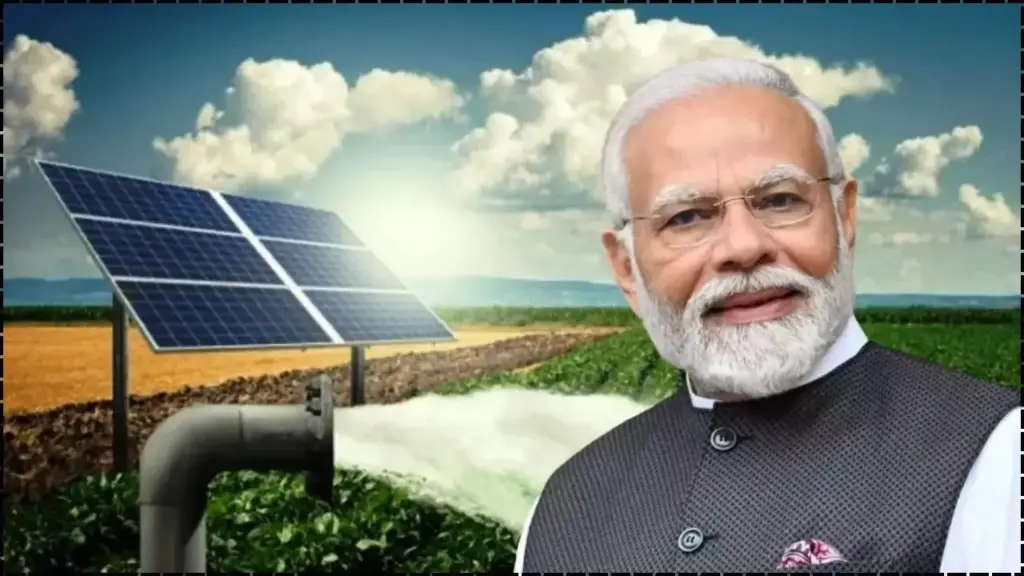
The PM Kusum Yojana offers Indian farmers a promising path to sustainable and cost-effective irrigation. By applying for the solar pump subsidy online, farmers can access an array of benefits, including reduced energy costs, increased agricultural productivity, and financial security. Following the outlined steps ensures that the application process is smooth and efficient, empowering farmers to embrace solar energy for a brighter future.
What is the PM Kusum Solar Pump Subsidy Scheme?
The Pradhan Mantri Kisan Urja Suraksha evam Utthaan Mahabhiyan (PM Kusum) scheme was launched by the Government of India in 2019 to promote solar energy use in agriculture. Under this scheme, farmers are provided with subsidies to install solar-powered pumps for irrigation purposes.
This initiative aims to enhance agricultural productivity, reduce dependence on grid electricity, and contribute to cleaner energy practices. The PM Kusum scheme has three components, each targeting different ways solar energy can be used for irrigation:
- Component A: Installation of grid-connected solar power plants.
- Component B: Solar-powered standalone pumps for off-grid areas.
- Component C: Solarization of existing grid-connected pumps.
By providing financial support for solar irrigation pumps, the scheme significantly reduces farmers’ electricity costs and helps ensure a reliable water supply for crops.
Eligibility Criteria for PM Kusum Solar Pump Subsidy
To apply for the PM Kusum Solar Pump Subsidy, farmers must meet the following eligibility criteria:
- Land Ownership: The applicant must own cultivable land for installing the solar pump.
- Electricity Connection: A valid electricity connection for agricultural purposes is required (for Component C).
- Farmer Status: The applicant must be an individual farmer or part of a farmer’s group.
- Age and Identity Proof: Valid documents like Aadhaar card for identity verification.
- Non-Availing of Previous Solar Subsidies: Applicants who have already received subsidies for solar pumps under other government schemes are not eligible.
Documents Required for Application
Farmers need to submit the following documents during the online application process:
- Aadhaar Card: To verify identity.
- Land Ownership Proof: Such as a land title deed, Khasra Khatauni, or land record.
- Electricity Bill: For farmers applying under Component C (solarizing existing grid-connected pumps).
- Bank Account Details: For direct transfer of subsidies.
- Photographs: Passport-sized recent photographs.
- Self-Declaration Form: Confirming non-availment of previous subsidies for solar pumps.
Guide to Apply for PM Kusum Solar Pump Subsidy Online
Visit the Official Portal
Farmers can apply for the PM Kusum Solar Pump Subsidy through the official portal of their respective state government or the Ministry of New and Renewable Energy (MNRE). Some states also have dedicated portals for this scheme.
- National Portal (MNRE): MNRE Portal for PM Kusum
- State-specific Portals: Many states have their own registration portals. For example, farmers in Maharashtra can visit Maharashtra Energy Development Agency (MEDA).
Register on the Portal
- Create an Account: Click on the ‘Register’ or ‘Sign Up’ button.
- Enter Personal Information: Fill in details such as name, contact number, and Aadhaar number.
- Create Login Credentials: Choose a username and password for future access to your account.
- Verify Your Account: An OTP will be sent to your registered mobile number or email for verification.
Select the Desired Component
- Choose the Solar Pump Component: Farmers must select between:
- Component B: For standalone solar pumps in off-grid areas.
- Component C: For solarization of existing grid-connected pumps.
- Provide Details: Based on the selected component, fill in details regarding land ownership, electricity connections, and the intended use of the solar pump.
Complete the Application Form
- Fill in the Required Fields: Enter necessary information such as land area, crop type, irrigation requirements, and solar pump specifications.
- Upload Documents: Attach all the required documents, including proof of land ownership, Aadhaar card, and bank account details.
Submit the Application
- Review Application: Double-check the entered details and uploaded documents.
- Submit: Click on the ‘Submit’ button to complete the application process. Note the application reference number for future tracking.
Pay the Farmer’s Share
- Payment of Subsidy Share: Farmers are required to pay their share of the cost (usually 10% of the total cost for Component B, or as applicable). Payment can be made online via net banking, debit/credit card, or UPI.
- Submit Payment Receipt: After making the payment, submit the payment receipt as part of the application.
Related Links
Register for PM SVANidhi Loan Scheme Online: Complete Application Guide
Apply for e-Stamp Certificate Online in India: Step-by-Step Process Explained
Register for Stand-Up India Loan Scheme Online: Complete Process Explained
Approval and Installation
- Application Review: The concerned authorities will review the application and verify documents.
- Approval: Once approved, the farmer will receive an approval letter with instructions on the next steps.
- Installation of Solar Pump: The installation process will begin, typically carried out by authorized vendors under the supervision of the state renewable energy agency.
Tracking the Status
- Track Application: Farmers can log in to the portal using their credentials to track the progress of their application.
- Receive Subsidy: Once the solar pump is installed, the subsidy will be transferred to the farmer’s bank account under the direct benefit transfer (DBT) system.
Benefits of PM Kusum Solar Pump Subsidy Scheme
- Reduced Electricity Costs: Farmers will save on electricity bills by switching to solar power for irrigation.
- Sustainability: Solar-powered pumps promote renewable energy and contribute to environmental sustainability.
- Increased Agricultural Productivity: Reliable irrigation ensures better crop yields, improving farmers’ livelihoods.
- Financial Subsidies: The government provides significant financial assistance, reducing the upfront cost of solar pumps.
- Income from Surplus Energy: Farmers can sell surplus solar energy back to the grid, creating an additional income stream.





